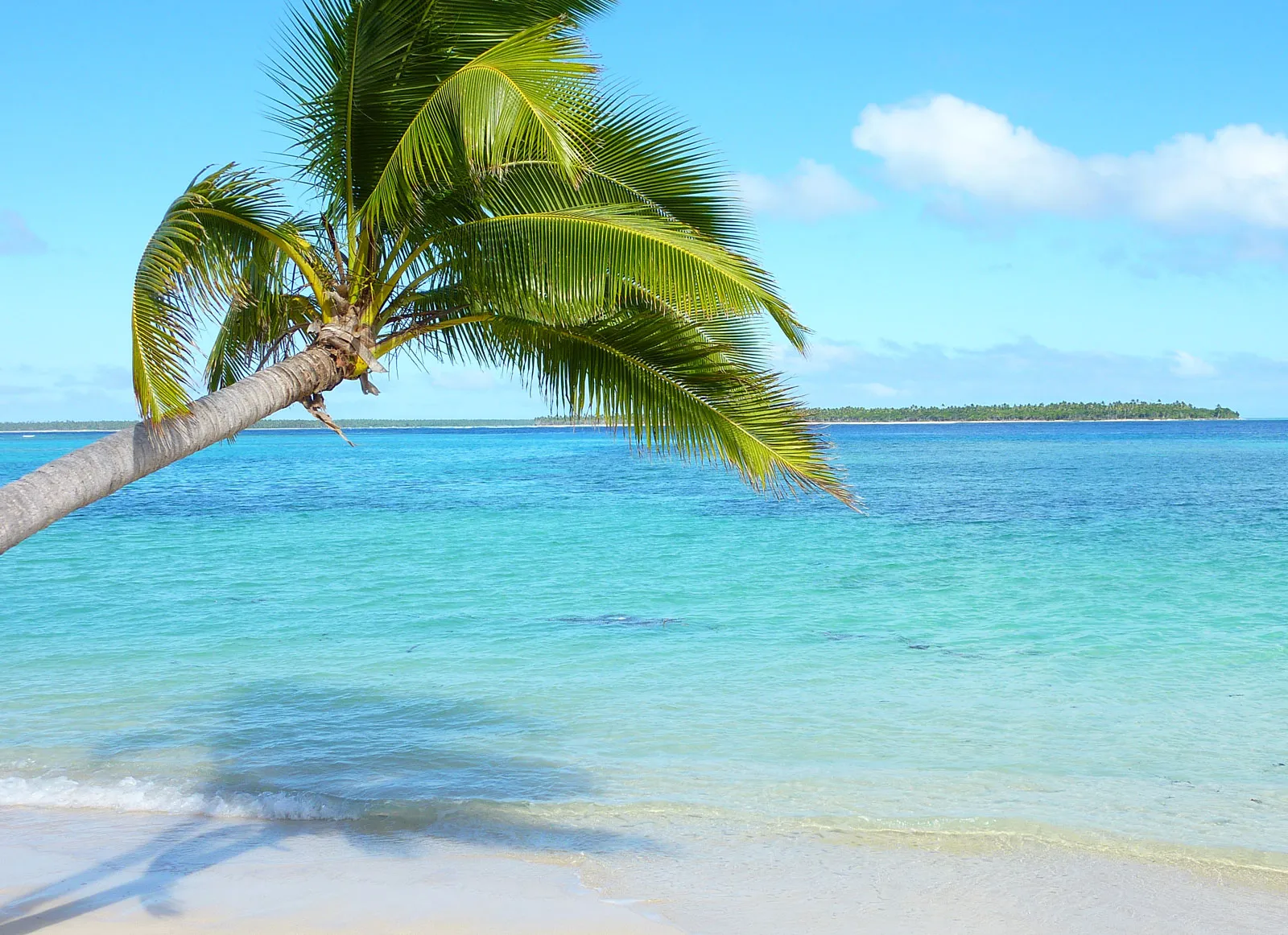



ʻEua is an island in the kingdom of Tonga. It is close to Tongatapu, but forms a separate administrative division. It has an area of 87.44 km², and a population in 2021 of 4,903 people. The island leads in agriculture, tourism, and some of the forestry helps the island economically. Wikipedia
May to October (dry season): Best time to visit — cooler temperatures, minimal rain, and ideal for hiking and whale watching.
November to April (wet season): Warmer, more humid, with occasional heavy showers. Forests are lush but trails may be slippery.
By Air: Short 8-minute flights operate from Tongatapu (Tonga’s shortest commercial flight).
By Sea: Daily ferries and cargo boats depart from Nukuʻalofa to ʻEua’s wharf at Ohonua (1.5–2.5 hours, depending on weather).
ʻEua National Park: One of Tonga’s only true rainforests — home to caves, sinkholes, cliffs, and endemic birds like the red shining parrot.
Lokupo Beach: A remote and beautiful white-sand beach accessed via hiking trail through the forest.
Rat’s Cave (Ana Ahu): A large limestone cavern with panoramic views from atop a cliff.
Ha’aluma Beach: Great for swimming and relaxing, and sometimes you’ll have it all to yourself.
Vai’utukakau Sinkhole: A deep, forest-covered chasm in the middle of the jungle.
Cliffs of Lakufa’anga: Dramatic coastal cliffs with crashing waves and epic views — especially at sunset.
Hiking and trekking through forests, coastal cliffs, and hidden caves.
Whale watching (July–October): Excellent land-based viewing right from the cliffs — no boat required.
Birdwatching in the national park — especially for rare or endemic species.
Swimming and snorkeling at quiet beaches and reef-protected lagoons.
Cultural immersion by staying in family-run guesthouses or joining local kava nights.
Mostly eco-lodges, family-owned guesthouses, and rustic cabins.
Located near Ohonua, the main village, or along the scenic coast.
Simple but charming — most places offer meals, local guidance, and forest or sea views.
There are no formal restaurants — meals are typically home-cooked by your hosts.
Expect fresh seafood, root vegetables, taro, breadfruit, and tropical fruits.
Pack snacks if you plan to hike or explore remote areas, as shops are limited.
You may also be invited to a community umu feast (earth oven cooking) if visiting during local events.
ʻEua is rural, peaceful, and deeply traditional — Sundays are for rest, church, and family.
Modesty in dress is appreciated, especially in villages or near churches.
Locals are warm, respectful, and often curious about visitors.
You’ll experience a slower pace of life, with a focus on land, family, and cultural traditions.